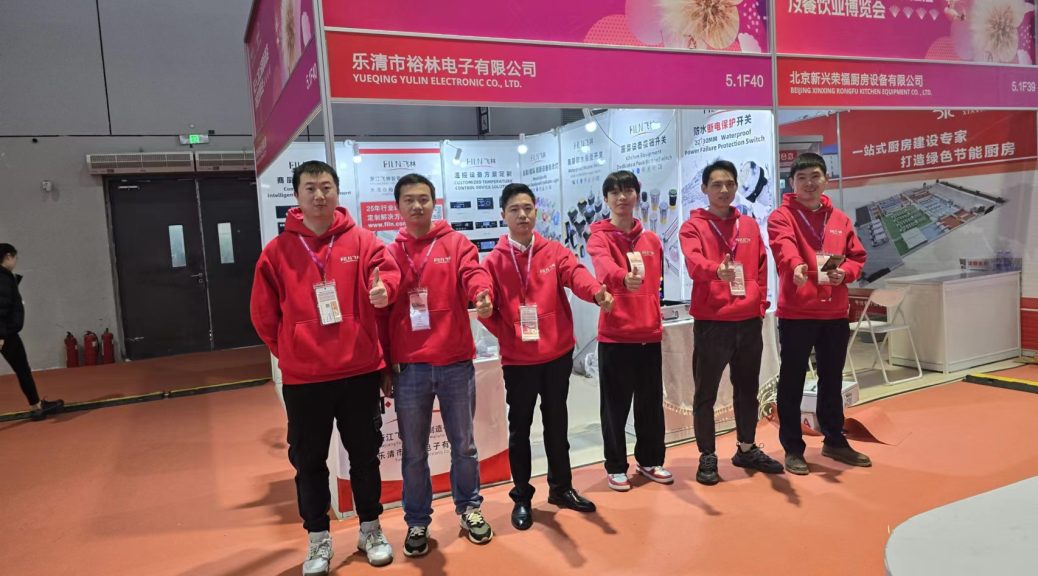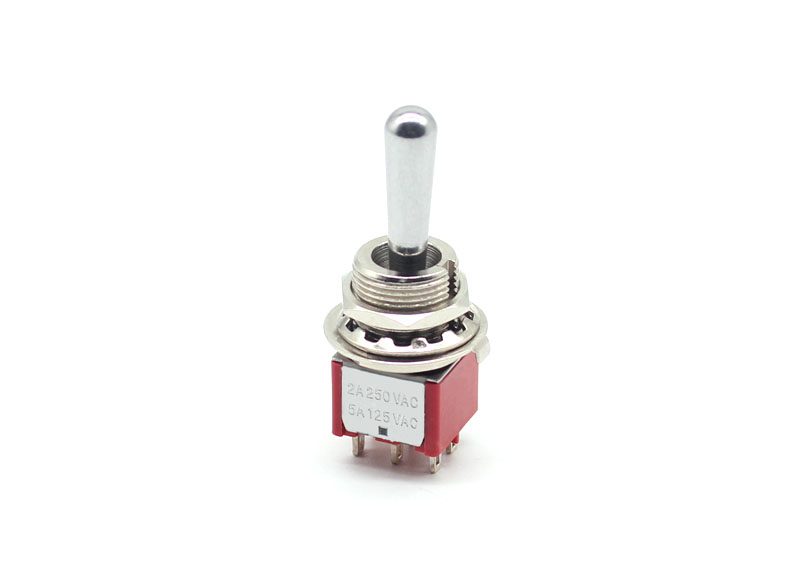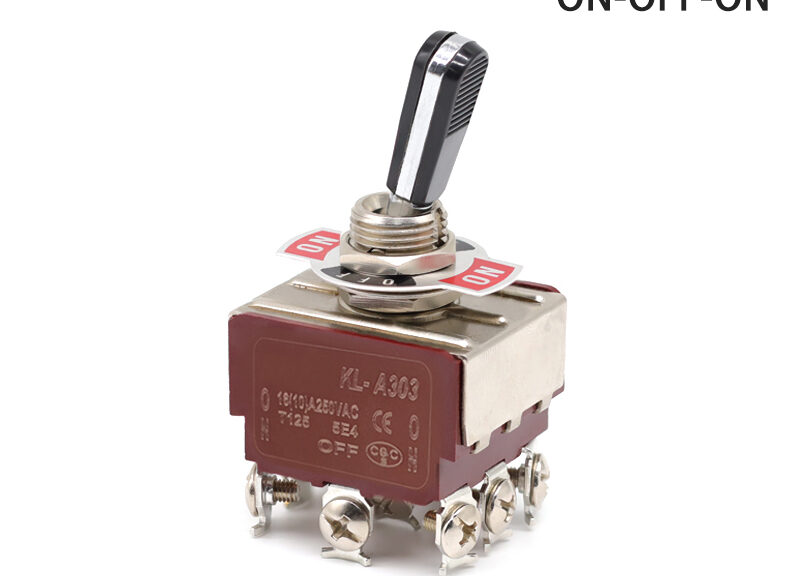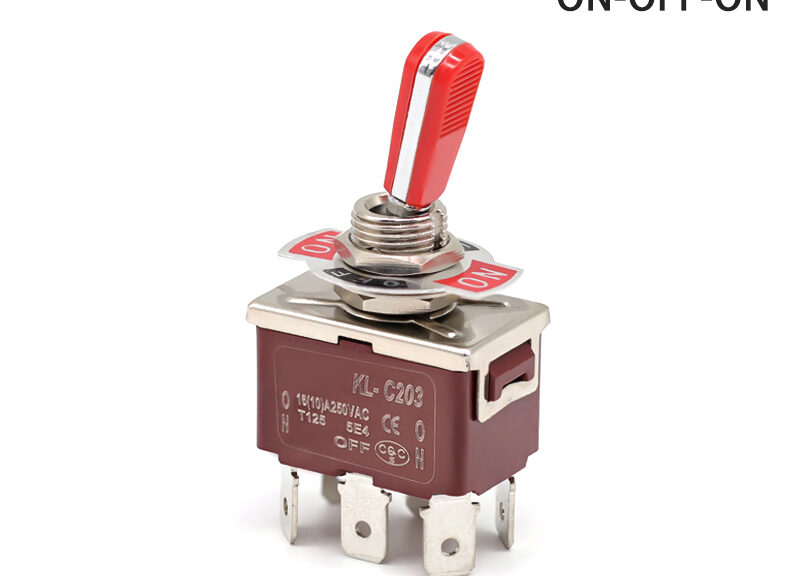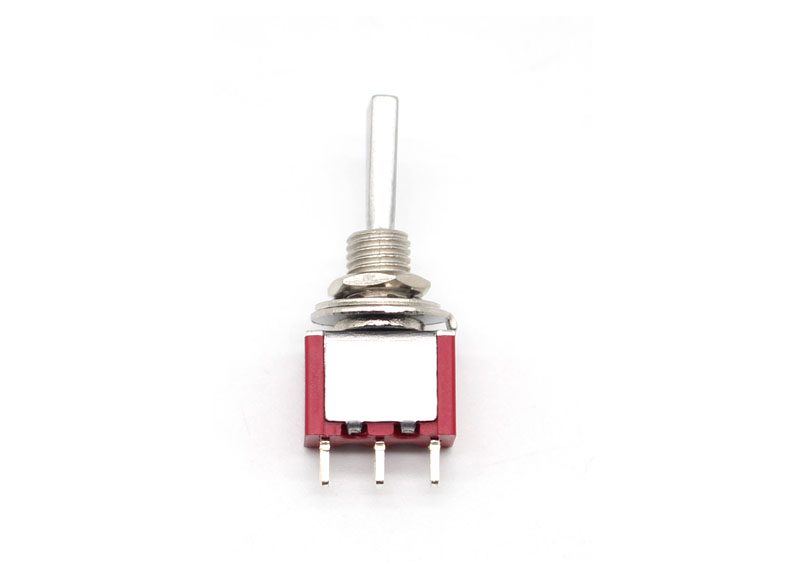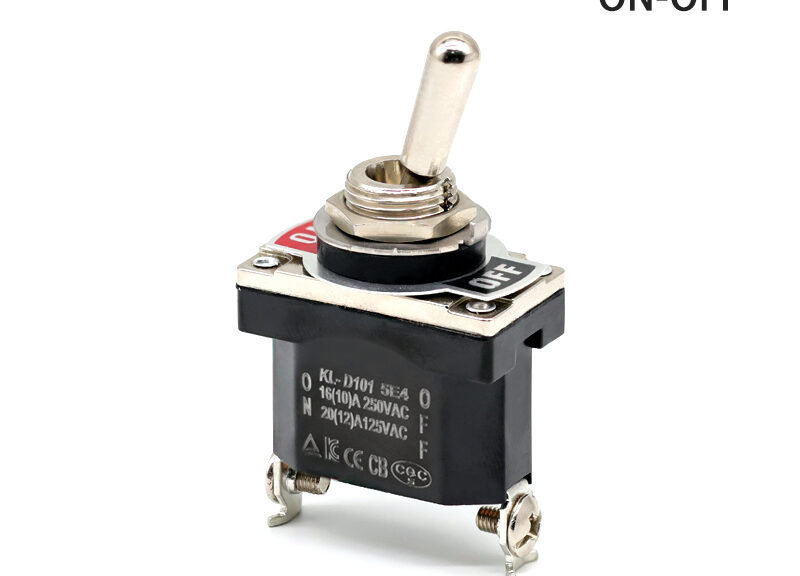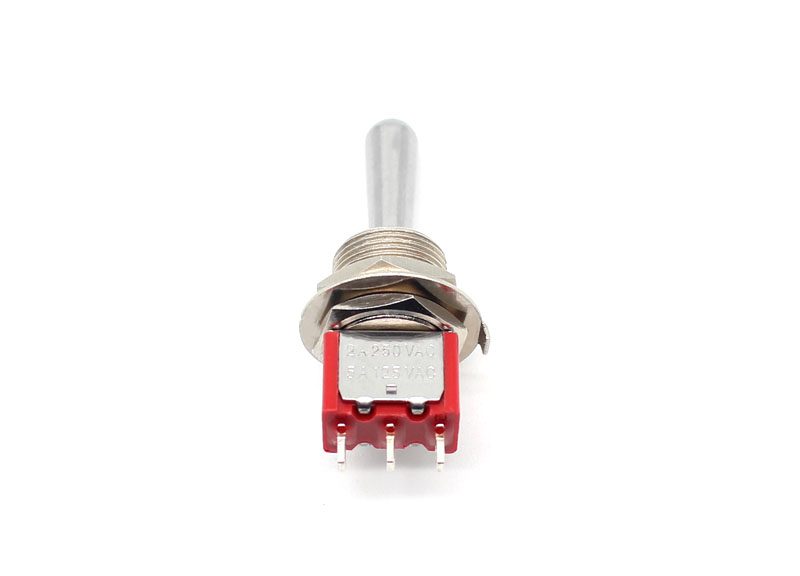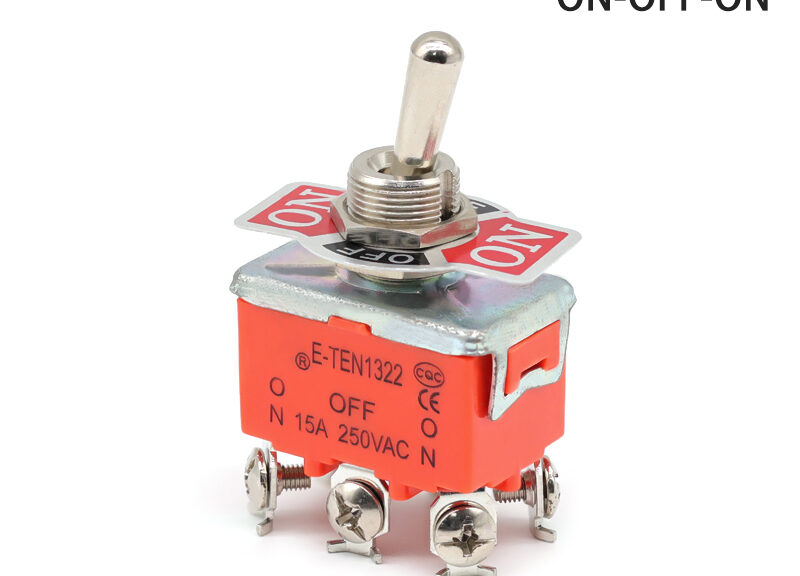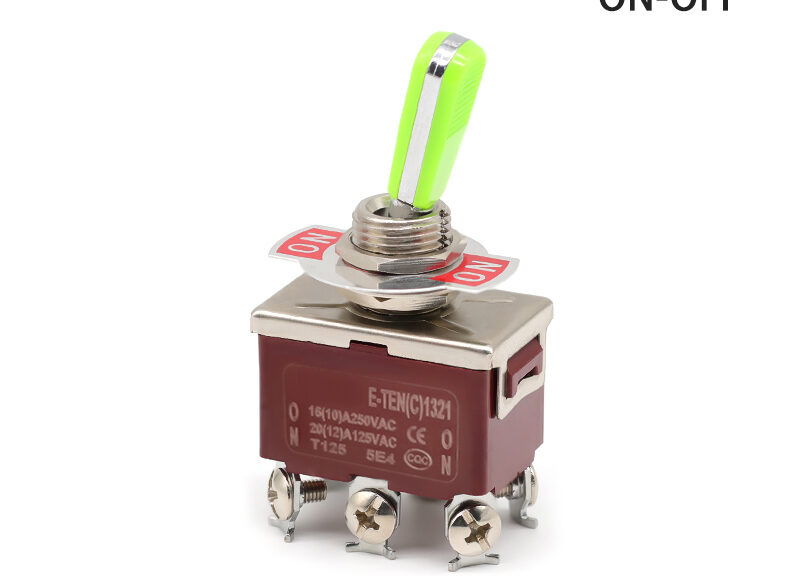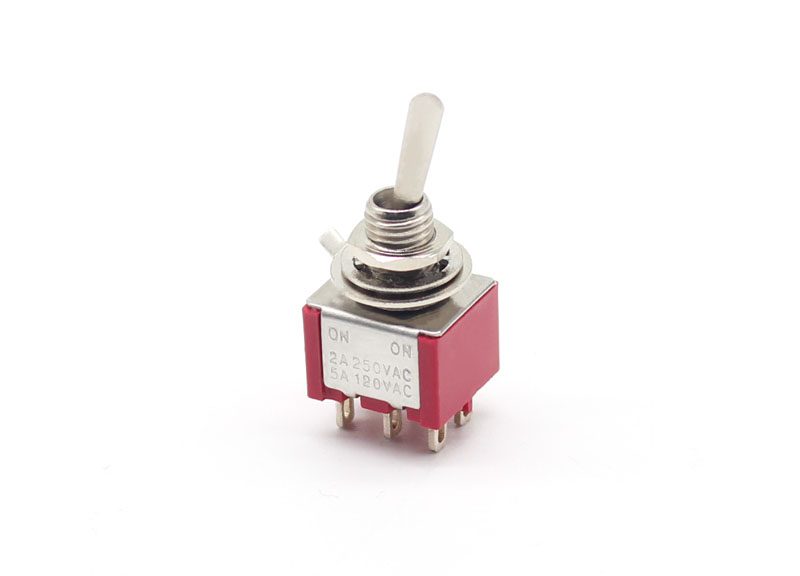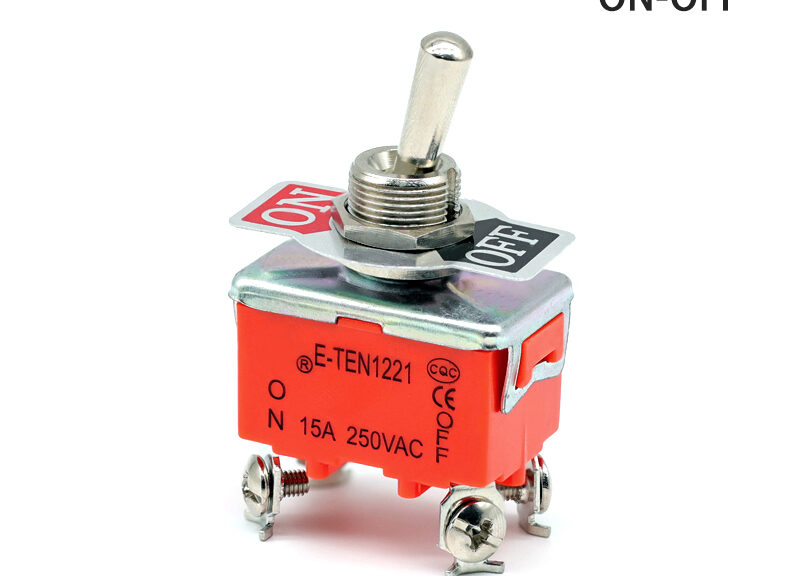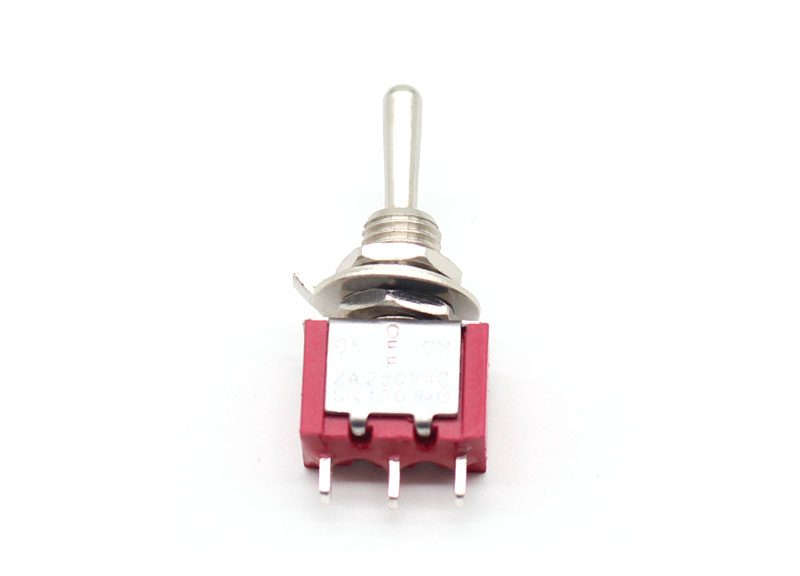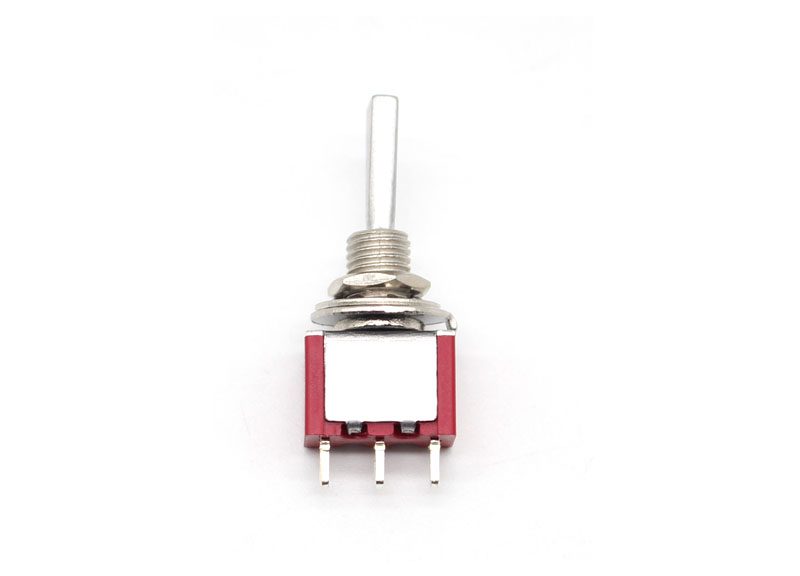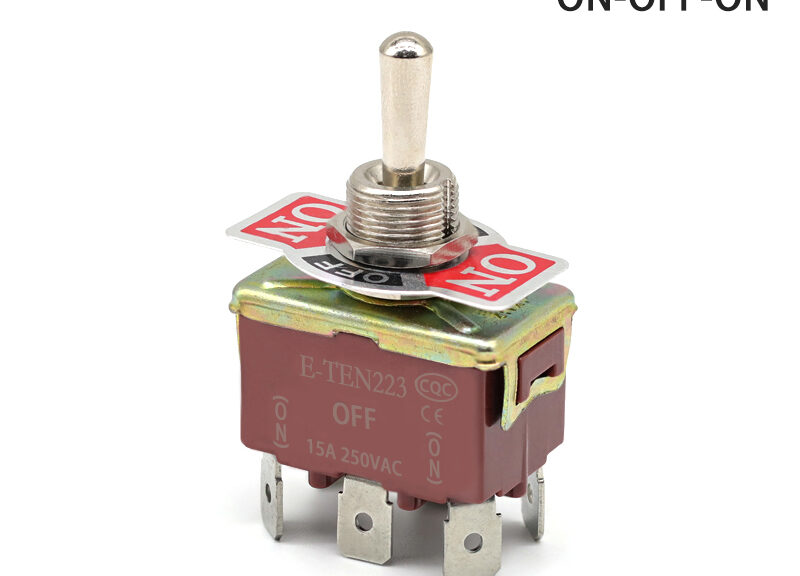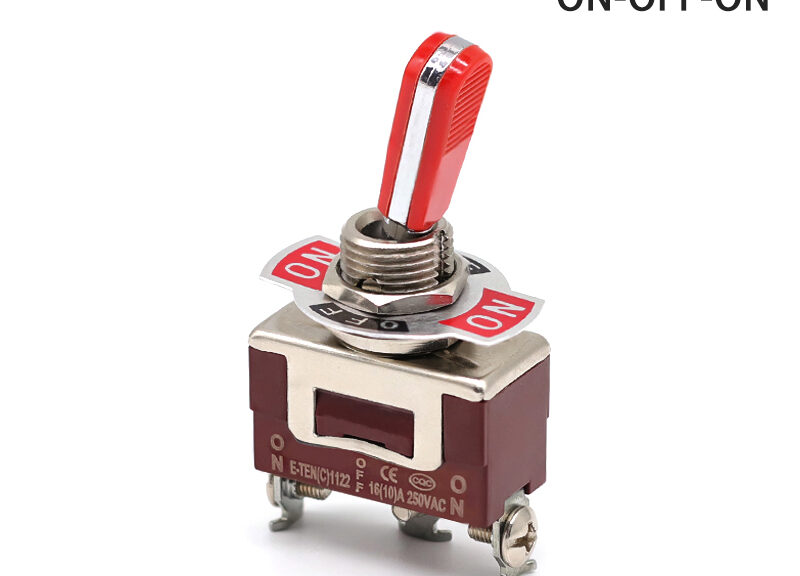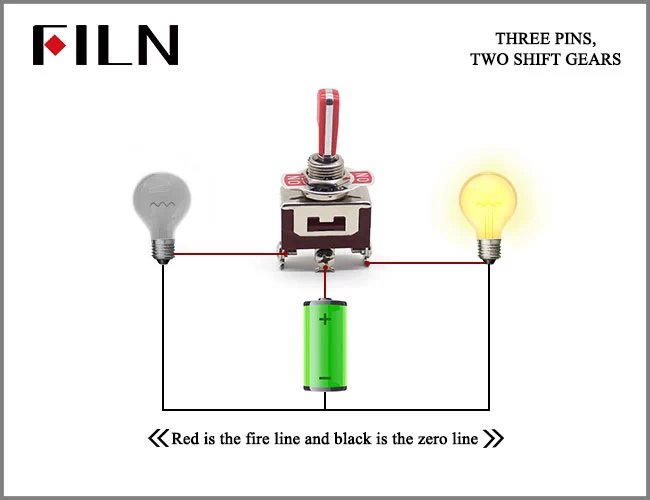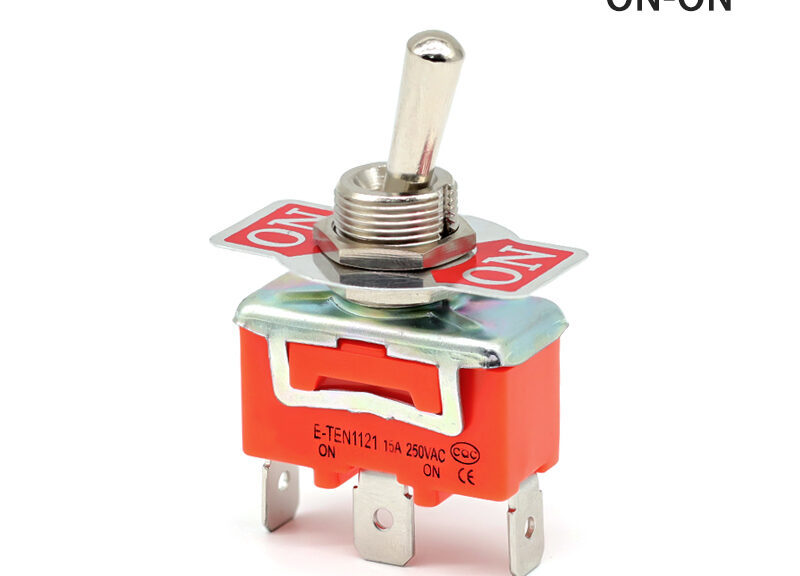


In a bustling display of cutting-edge hospitality equipment, FILN, also known as the Shanghai International Hotel and Catering Industry Expo, took center stage at Hotelex Shanghai 2024 this March. The event, renowned for its comprehensive showcase of hotel and catering industry-related equipment, featured a myriad of essential appliances ranging from integrated stoves to coffee machines and insulated cabinets. Among these indispensable components were the ubiquitous push button switches, indicator lights, and rocker switches, seamlessly integrated into the showcased products.
With meticulous preparation, FILN’s sales team unveiled over 300 diverse products, meticulously curated to captivate the attention of passersby. Engaging with visitors one-on-one, the team elucidated the features and advantages of FILN’s offerings, leaving a lasting impression on potential clients.
As a leading manufacturer and wholesaler of push button switches 、 rocker switches and indicator lights, FILN seized the opportunity to showcase its latest innovations to a global audience. The company’s vision extends beyond mere product exhibition; it aims to foster robust partnerships by acquainting customers with its products and demonstrating unparalleled service quality.
“We are thrilled to have had the opportunity to showcase our products at Hotelex Shanghai 2024,” boss Louis Lin from FILN. “Our presence at the expo not only allowed us to spotlight our latest offerings but also provided a platform to engage with industry professionals and enthusiasts from around the world.”
FILN’s commitment to innovation and customer satisfaction was palpable throughout the event, reinforcing its position as a trusted partner in the hospitality industry. By leveraging the exposure gained at Hotelex Shanghai 2024, FILN aims to forge enduring collaborations and continue driving excellence in the field of hospitality equipment.


